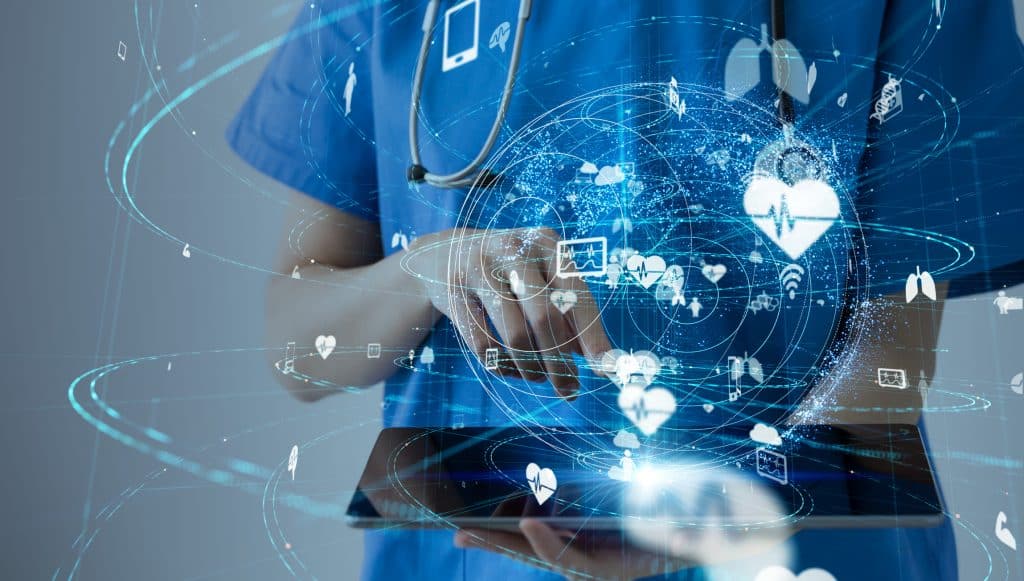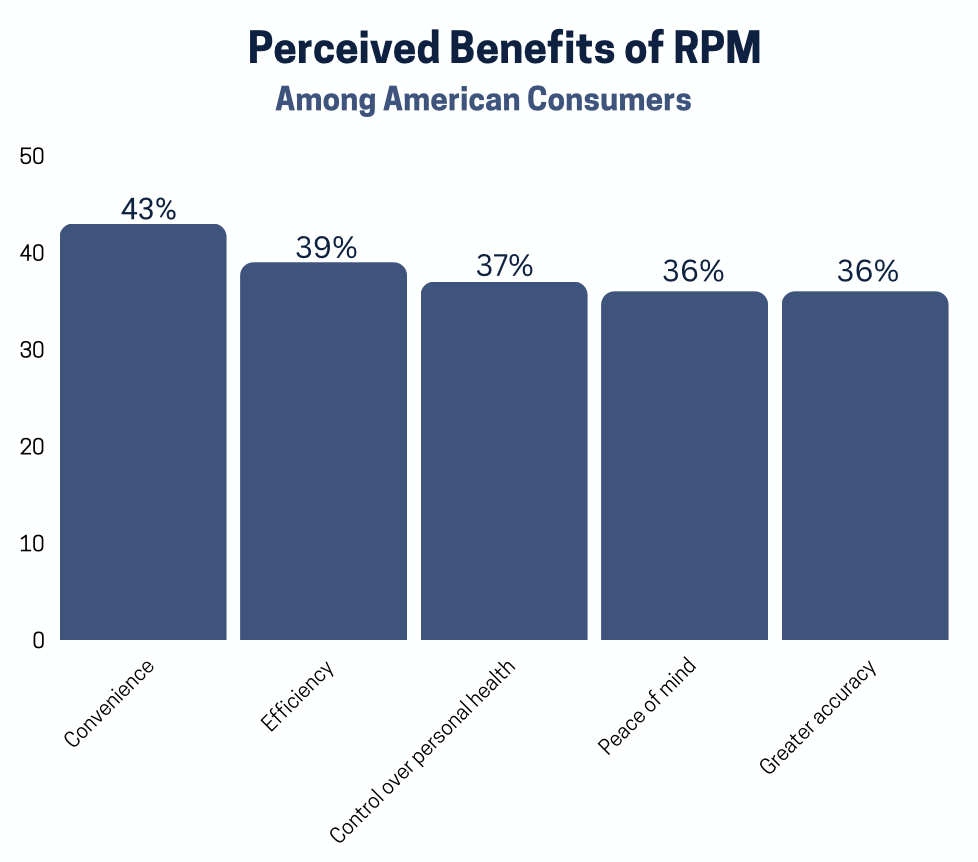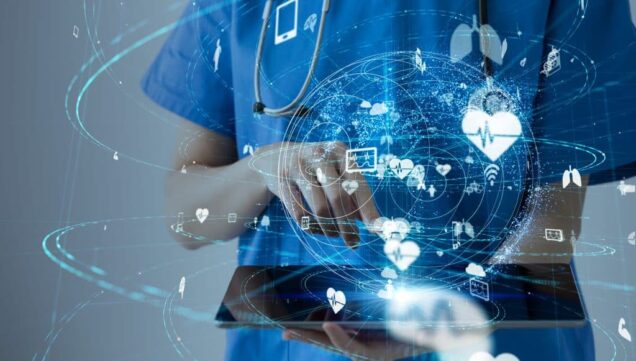The Rise of Remote Patient Monitoring: The Consumers’ Perspective
Examining Key Statistics on RPM Adoption Among Consumers

Remote patient monitoring (RPM) has emerged as a game-changing technology in healthcare, particularly in the United States. As the biggest user of RPM worldwide, the U.S. is at the forefront of this healthcare revolution, driven by its high prevalence of chronic diseases and large elderly population.
Widespread Adoption and Acceptance
The adoption of RPM in the U.S. has been nothing short of remarkable. A Harvard Health Letter article reports that nearly 50 million Americans currently use remote patient monitoring devices. This widespread use is matched by equally impressive acceptance rates. An MSI International survey reveals that a staggering 80% of Americans favor using remote patient monitoring, with almost half strongly supporting its incorporation into medical care.
Willingness to Participate
The enthusiasm for RPM extends beyond mere approval. The same MSI survey found that between 65% and 70% of consumers expressed willingness to participate in RPM programs with their care providers. These programs would monitor vital health indicators such as blood pressure, heart rate, blood sugar, and blood oxygen levels.
Impressive Outcomes
The benefits of RPM extend beyond patient perception to tangible health outcomes. The University of Pittsburgh Medical Center reported a dramatic 76% reduction in hospital readmission rates after implementing RPM. This significant decrease not only improves patient health but also reduces healthcare costs.
High Patient Satisfaction
The University of Pittsburgh Medical Center also noted that patient satisfaction scores soared to over 90% when patients were equipped with RPM devices and tablets. This high satisfaction rate indicates that RPM not only improves health outcomes but also enhances the overall patient experience.
Broad Demographic Appeal
While RPM is often associated with older populations, its appeal spans generations. BlueCross BlueShield reports that while blood pressure monitoring devices are predominantly used by older individuals, a substantial 46% of millennials also use them. This statistic suggests that RPM has the potential to revolutionize healthcare across all age groups.
Perceived Benefits of RPM
When asked to rank the benefits of RPM, American patients highlighted several key advantages:
- Convenience (43%)
- Efficiency (39%)
- Control over personal health (37%)
- Peace of mind (36%)
- Greater accuracy (36%)
These rankings underscore the multifaceted appeal of RPM to consumers, combining practical benefits with emotional reassurance.

In conclusion, remote patient monitoring has gained significant traction among American consumers. Its widespread adoption, high acceptance rates, and proven benefits in terms of health outcomes and patient satisfaction indicate that RPM is not just a temporary trend, but a fundamental shift in how healthcare is delivered and experienced. As technology continues to advance and more people recognize the benefits of RPM, we can expect its role in healthcare to grow even further.
References
- BlueCross BlueShield. (2020). The health of millennials. Retrieved from https://www.bcbs.com/the-health-of-america/reports/the-health-of-millennials
- Prevounce. (2024). 27 remote patient monitoring statistics every practice should know. Retrieved from https://blog.prevounce.com/27-remote-patient-monitoring-statistics-every-practice-should-know
- Remetric Health. (2024). The rise of remote patient monitoring services in community health [Infographic]. Remetric Health. Retrieved from https://remetrichealth.com/2024-the-rise-of-remote-patient-monitoring-services-in-community-health/
- Strategic Market Research. (2023). Remote patient monitoring statistics. Retrieved from https://www.strategicmarketresearch.com/blogs/remote-patient-monitoring-statistics
- Sutherland, A. (2021). The remote patient monitoring industry explained. Business Insider. Retrieved from https://www.businessinsider.com/remote-patient-monitoring-industry-explained
- Harvard Health Publishing. (2022). What’s the future of remote patient monitoring? Retrieved from https://www.health.harvard.edu/staying-healthy/whats-the-future-of-remote-patient-monitoring

